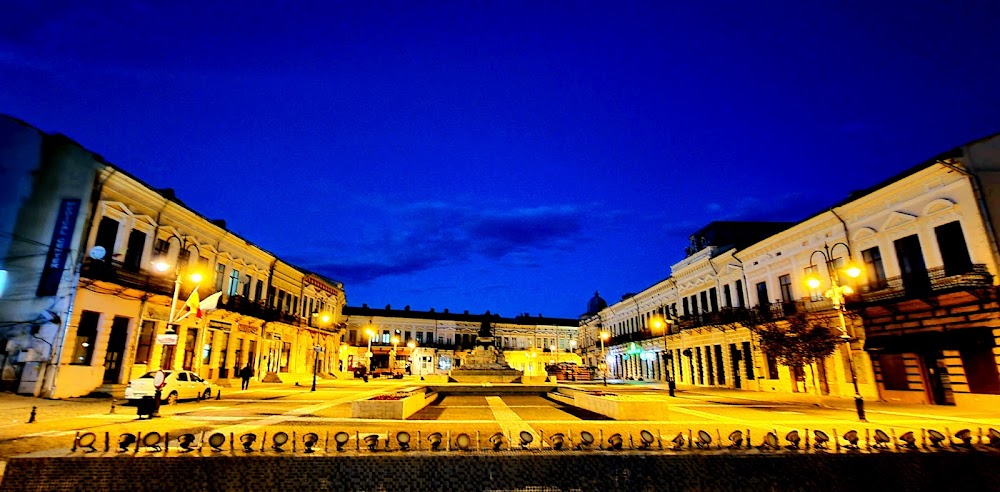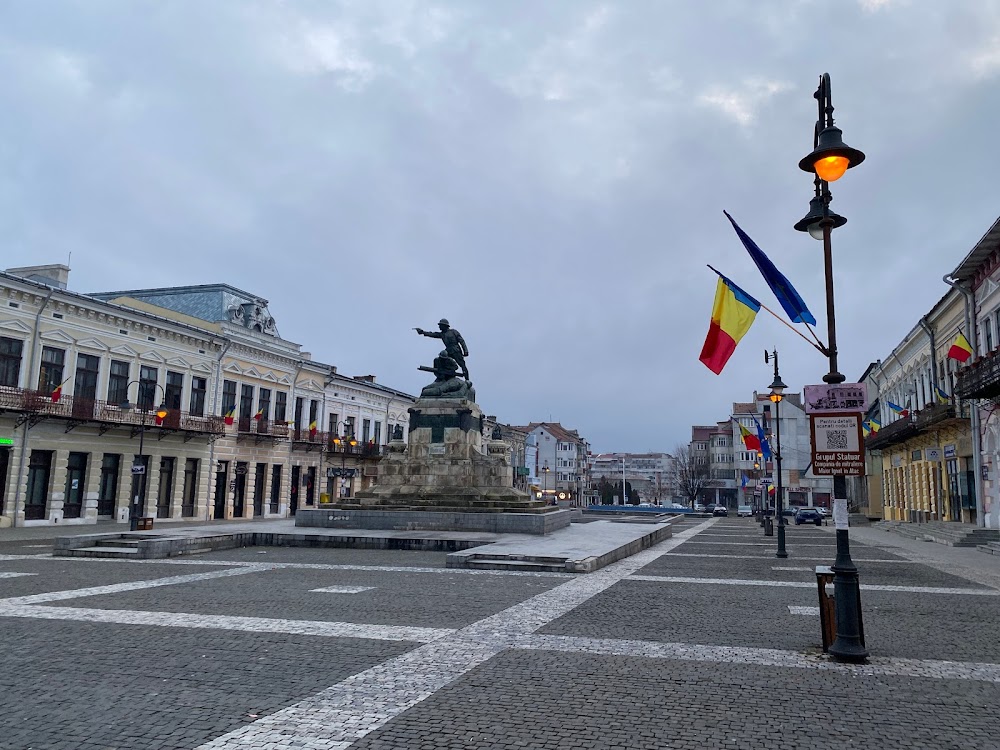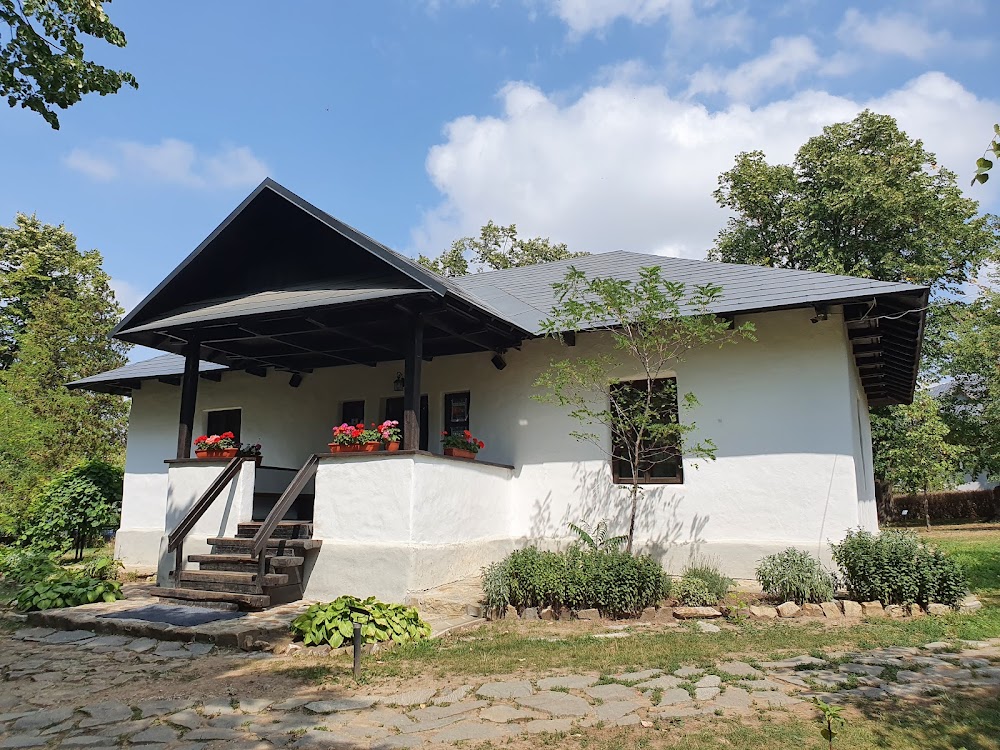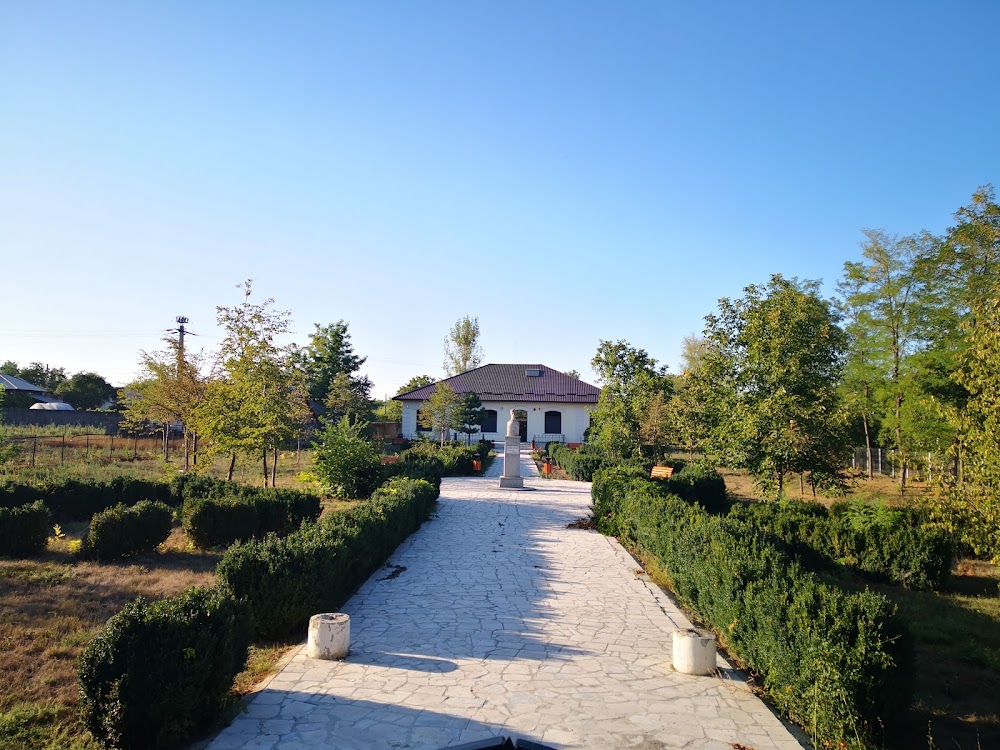Old Center of Botoșani (Centrul Vechi al Botoșani)
Overview
Centrul Vechi Botoșănean, or the Old Center of Botoșani, is a captivating and historically significant district nestled in the heart of Botoșani County, Romania. This area serves as a vibrant testament to the city’s rich past, with origins that trace back to medieval times.
Historical Origins
The roots of Centrul Vechi can be traced to the 14th century, coinciding with the earliest mentions of Botoșani in historical documents. It emerged as a bustling marketplace at the intersection of crucial trade routes linking the Baltic Sea to Constantinople. This strategic position fostered economic and cultural growth, transforming Botoșani into a key caravanserai in Moldova.
Cultural Melting Pot
By the 15th and 16th centuries, Botoșani had blossomed into a thriving commercial hub. The Old Center became a vibrant tapestry of shops, inns, and workshops, attracting craftsmen and merchants from diverse backgrounds—Romanians, Armenians, Jews, and Greeks. Their influence remains evident today, as many buildings from this era still stand, showcasing an eclectic mix of architectural styles that reflect the city’s multicultural heritage.
Architectural Highlights
Among the most iconic landmarks in Centrul Vechi is the Saint Nicholas Church, constructed in the early 1500s. As one of the oldest churches in the region, it features stunning frescoes and embodies traditional Moldavian architecture. This revered site plays a vital role in the cultural and historical narrative of the Old Center, frequently hosting significant religious and community events.
19th Century Modernization
The 19th century ushered in a wave of modernization for Botoșani, evident in the architectural styles that emerged during this period. The Old Center saw the introduction of neoclassical and baroque influences, characterized by narrow cobblestone streets and intricate facades. Public buildings, such as the City Hall and various banking institutions, further emphasized the district's economic vitality.
Transformation During the Communist Era
The communist era of the 20th century brought profound changes to Centrul Vechi. While some historical buildings were demolished for more utilitarian structures, the core of the Old Center maintained its historical essence. Preservation efforts were initiated to safeguard its unique character amidst the political upheaval.
Revitalization and Modern Appeal
In the years following communism, a renewed interest in preserving and revitalizing the Old Center emerged. Restoration projects were launched to rehabilitate historic buildings and cobblestone streets, blending the charm of the past with the conveniences of modern life. This transformation has turned Centrul Vechi into a lively cultural and tourist destination.
A Vibrant Cultural Hub
Today, Centrul Vechi Botoșănean is a cherished part of Botoșani, teeming with numerous cafes, art galleries, boutique shops, and restaurants that offer a delightful mix of traditional and contemporary culinary experiences. The area frequently comes alive with events such as street festivals, markets, and cultural performances, attracting both locals and visitors alike.
The Old Center has been transformed into a pedestrian-friendly zone, inviting exploration of its historical pathways at a leisurely pace. Its successful preservation and revitalization have made it a vibrant cultural hub, proudly displaying Botoșani’s rich historical tapestry while adapting seamlessly to modern times.






